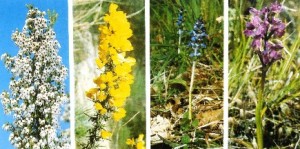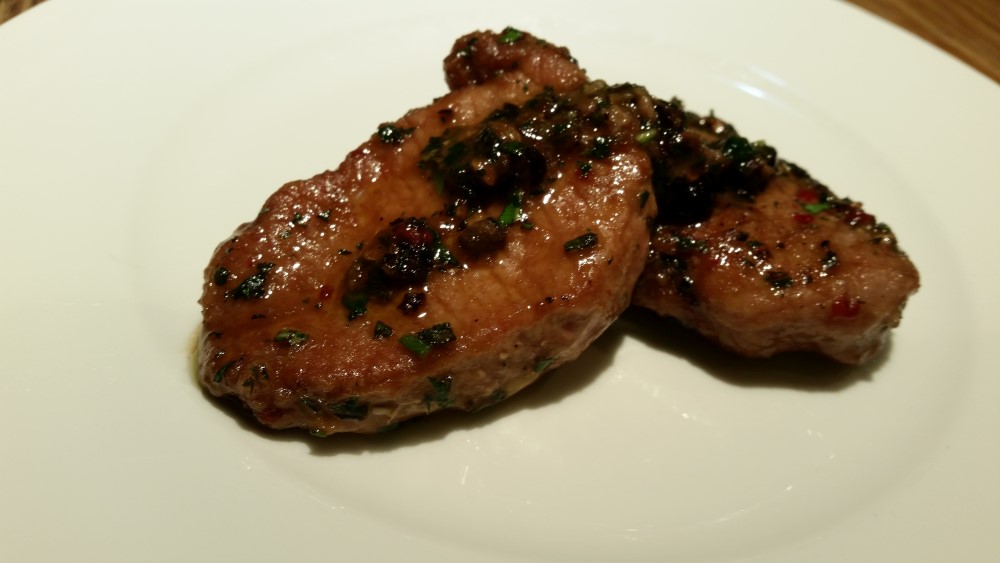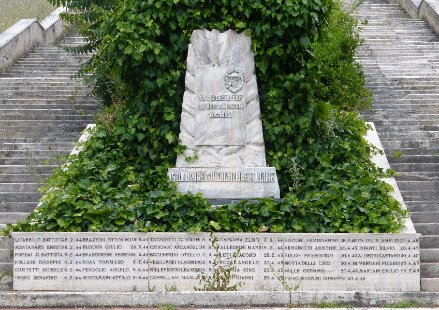
In the area of Fonte Santa you can breathe a healthy and aromatic air and the climate is so mild and temperate that it has always been chosen for hiking and picnics.
It was the phytogeographer Giuliano Montelucci who, as part of research on the vegetation surrounding Florence which started in 1954, discovered that the oceanic inflows coming from the Gulf of Lion allowed for the formation of a special microclimate. In 1971, he published his results and classified this area as a niche of extraordinary importance in the geographic and environmental context of the peninsula.
The Poggio Florence, which is 90 kilometers from the Tyrrhenian Sea, is the first mountain where the air masses that are born in Atlantic and still humid after covering the Arno valley impact each other. Up here, the winds meet with north-eastern currents, causing vapor condensation and they maintain the well-tempered air. Therefore, the area takes on a climatic feature, almost unique in Italy, that favors the development of typical Atlantic vegetation with shrubs, plants and rare flowers at this altitude and at such as great distance from the sea, which are only found in the islands of the Tuscan archipelago and along the coast.
Particularly interesting are the scardiccio and the maritime pine that cannot withstand low temperatures and it is wonderful to also discover a quantity of flowers like orchids, cistus, bellflowers, aster, heathers, lilies and many others that bloom in the spring and in October for as far as the eye can see.
Therefore, all the Costa al Sole is a very humid cradle because of the condensations that still generate numerous springs – first of all the Fonte Santa – which served the Villas Medici in Lappeggi, Lilliano and Mondeggi and, more recently and for a certain period of time, even the local waterworks.
Certainly, this particular climate has also influenced the peasants’ crops, and many remember the famous Tritone watermelons and Nepi peaches that, exceptionally, were produced at an altitude of about 500 meters.
Already in 1480, Vespasiano da Bisticci wrote that up here, “the air is in such form that each body immediately recovers its pristine forces,” and the Count-Scientist Lorenzo Magalotti in the seventeenth century, opening the window of his villa in Lonchio where he spent the summer, exclaimed: “What, do you think it trivial, that not more than eight miles from Florence, we seem to be under a different climate?”
In sum, it is an exceptional temperate zone and a small natural treasure that deserves attention, protection and respect.








